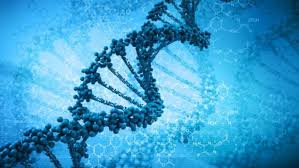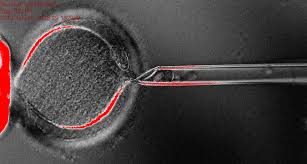Even if you know nothing else about cloning, I’m assuming you’re familiar with Dolly the sheep—the very first and most impressive animal clone back in 1996. Even when we started trying to clone animals, we’ve always had human cloning in mind, and we’ve been creeping closer and closer since ’96. Now, using the same technique as they did with Dolly, scientists have managed to clone human, adult cells.

If you could have sworn that we’d cloned human cells before this year, you’re correct: they just haven’t been adult cells. Last year, a group of scientists successfully used the Dolly technique to clone the cells of human infants, but those cells would unfortunately not help treat diseases seen in adults, such as Alzheimer’s. In order to know if they could treat such things using cloned tissue, scientists needed to determine whether the same technique could work on adult cells.
“What we show for the first time is that you can actually take skin cells, from a middle-aged 35-year-old male, but also from an elderly, 75-year-old male,” said study co-author Robert Lanza on Discovery, “and use the DNA to create tissue with cells of an exact match.”

As with Dolly, Lanza’s team started by replacing the DNA in an unfertilized egg—this time human—with the donor’s DNA, before culturing those cells in the lab. After verifying that the grown stem cells were an exact match to the original donor DNA—which they were—the researchers could have used them to create various types of human tissue.
You can read more about Lanza’s study in the journal Cell Stem Cell, where the results were published.
The study definitely takes a large leap forward towards the uses of cloned human tissue towards the treatment of diseases. Whether this breakthrough will lead to anOrphan Black-type situation in later years is unclear—I guess we’ll have to see just how mad our future mad scientists are.

Although anything that leads to more Tatiana Maslany's in the world can’t be too evil.
SourceDiscovery
Advertisement





